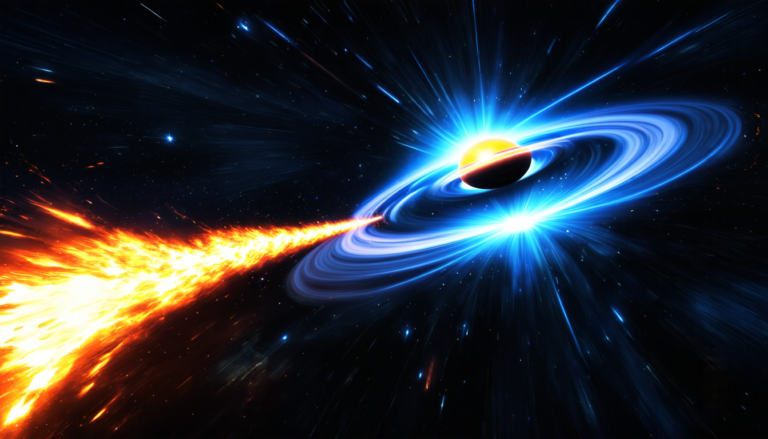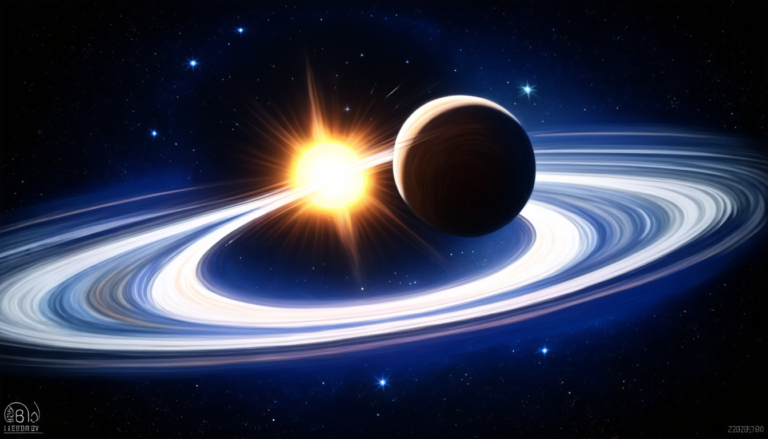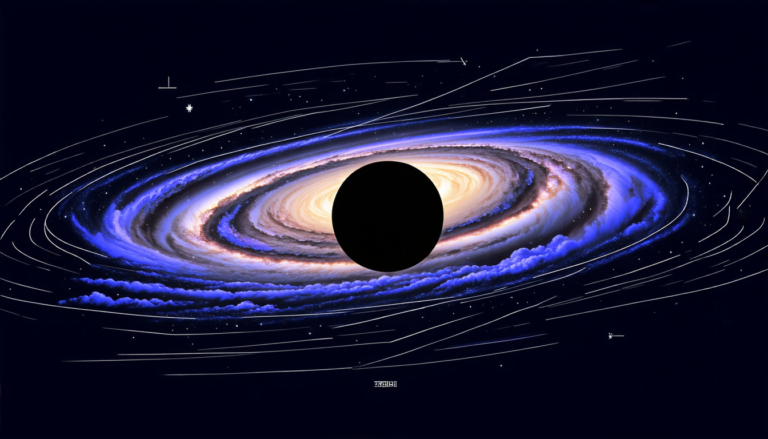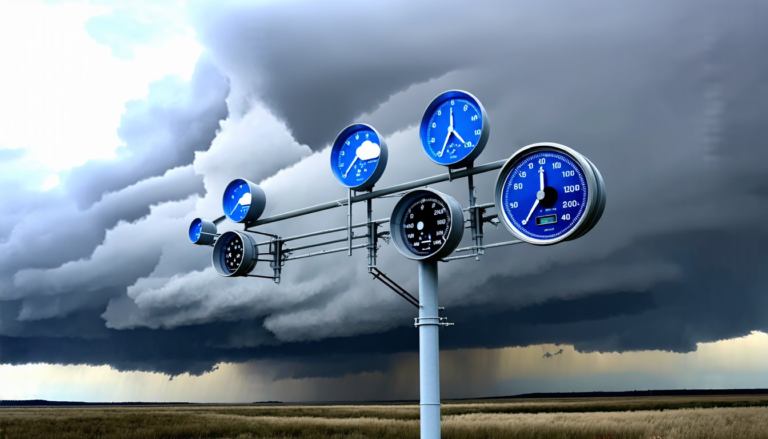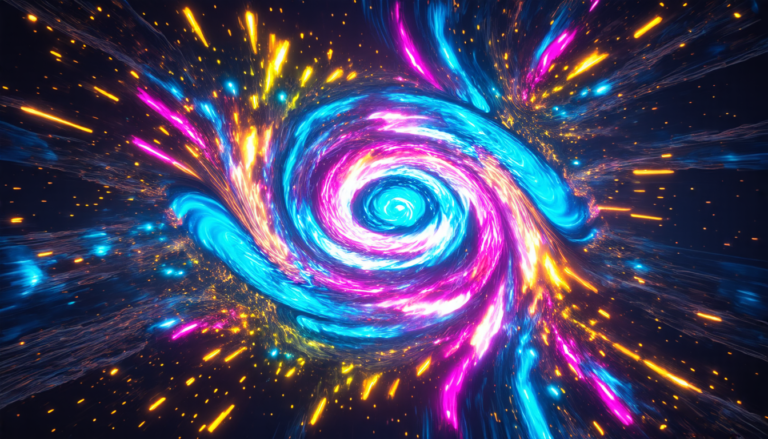Sunday 13 July 2025
Scientists have made a significant breakthrough in their understanding of neutron stars, the incredibly dense and magnetised objects that are formed when stars collapse under their own gravity. By running complex simulations on powerful computers, researchers have been able to recreate the behavior of these stars in unprecedented detail.
Neutron stars are among the most extreme environments in the universe, with densities so high that a sugar-cube-sized amount of their material would weigh about as much as Mount Everest. At the same time, they are also incredibly hot and magnetised, with magnetic fields that are trillions of times stronger than those on Earth.
To understand how these stars behave, scientists have been using powerful computers to run simulations of the turbulent flows that occur within them. Turbulence is a chaotic mixing of fluids or gases that occurs when there are differences in density or velocity between different parts of a system. In the case of neutron stars, turbulence plays a crucial role in determining their internal structure and behavior.
The new simulations have revealed some surprising insights into the behavior of these stars. For example, researchers found evidence of a turbulent cascade within the star, where energy is transferred from large-scale motions to smaller and smaller scales. This process is similar to what happens in the atmosphere on Earth, where wind energy is transferred from large-scale weather patterns to smaller-scale turbulence.
The simulations also showed that the presence of a strong magnetic field can have a significant impact on the behavior of the star. The field creates regions of intense current flow, which in turn generates powerful electrical currents. These currents can heat up the star and create powerful explosions, known as magnetar bursts.
One of the most surprising discoveries made by the researchers was the presence of a quadrupolar oscillation within the star. This is a type of vibration that occurs when the star’s density profile is perturbed, causing it to oscillate at a specific frequency. The simulations showed that this oscillation is caused by the interaction between the star’s magnetic field and its turbulent interior.
The findings have significant implications for our understanding of neutron stars and their role in the universe. By studying these objects, scientists hope to gain insights into some of the most fundamental questions about the nature of gravity, magnetism, and turbulence. The research also has practical applications, such as improving our understanding of supernovae explosions and gamma-ray bursts.
The simulations used by the researchers were incredibly complex, requiring powerful computers and advanced algorithms to model the behavior of the star over long periods of time.
Cite this article: “Unlocking the Secrets of Neutron Stars through Advanced Simulations”, The Science Archive, 2025.
Neutron Stars, Simulations, Turbulence, Magnetic Fields, Density, Gravity, Magnetism, Supernovae, Gamma-Ray Bursts, Computational Science


